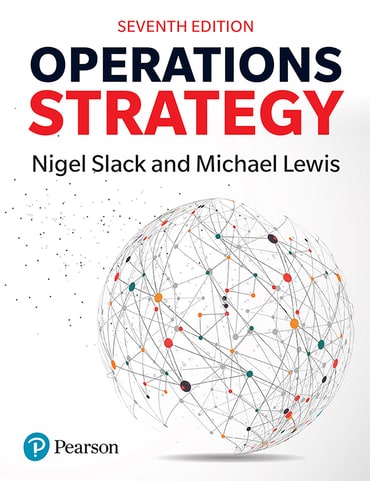
Pearson eText
Extend learning beyond the classroom. Pearson eText is an easy-to-use digital textbook. It lets students customise how they study and learn with enhanced search and the ability to create flashcards, highlight and add notes all in one place. The mobile app lets students learn wherever life takes them, offline or online.

